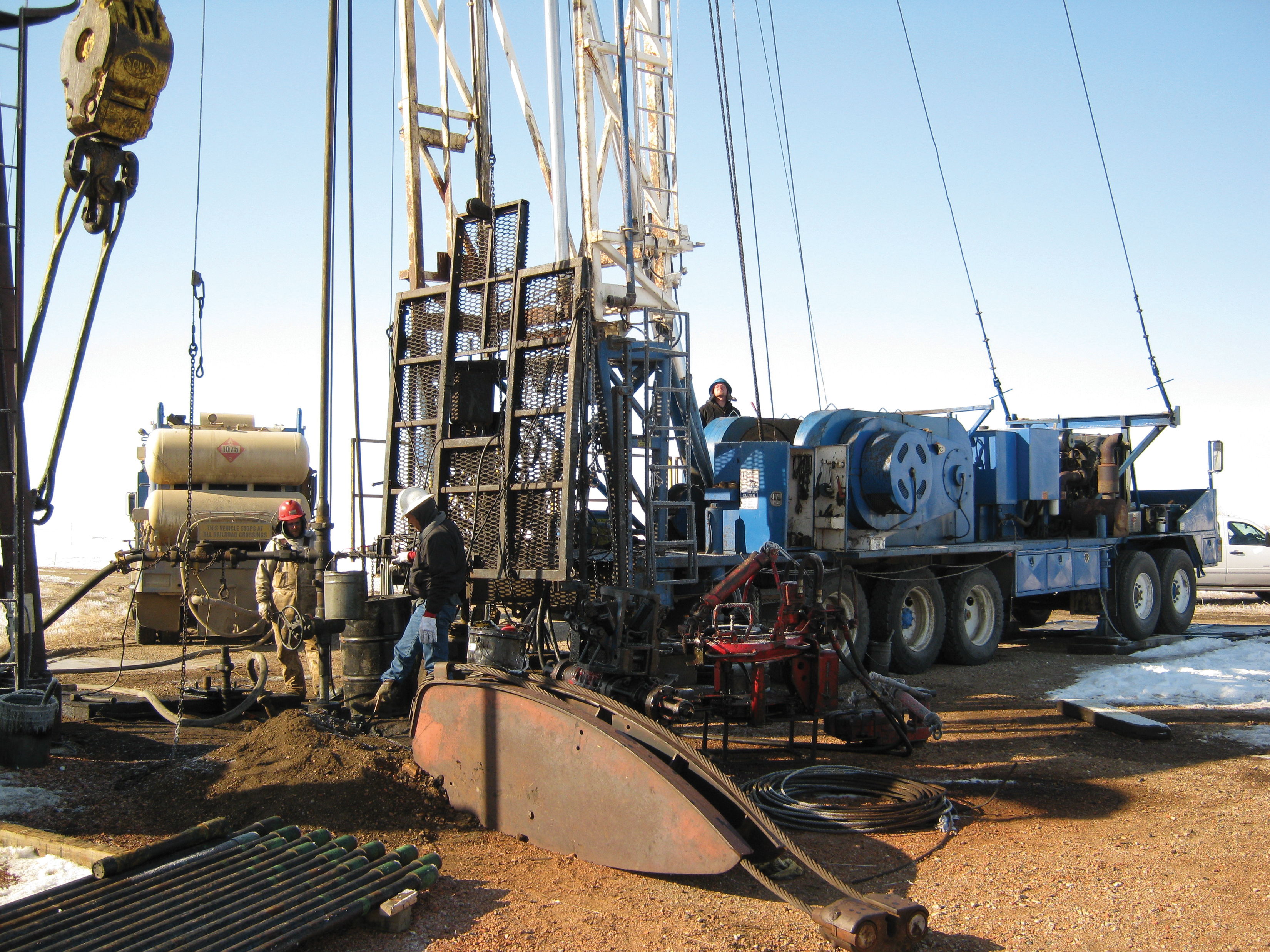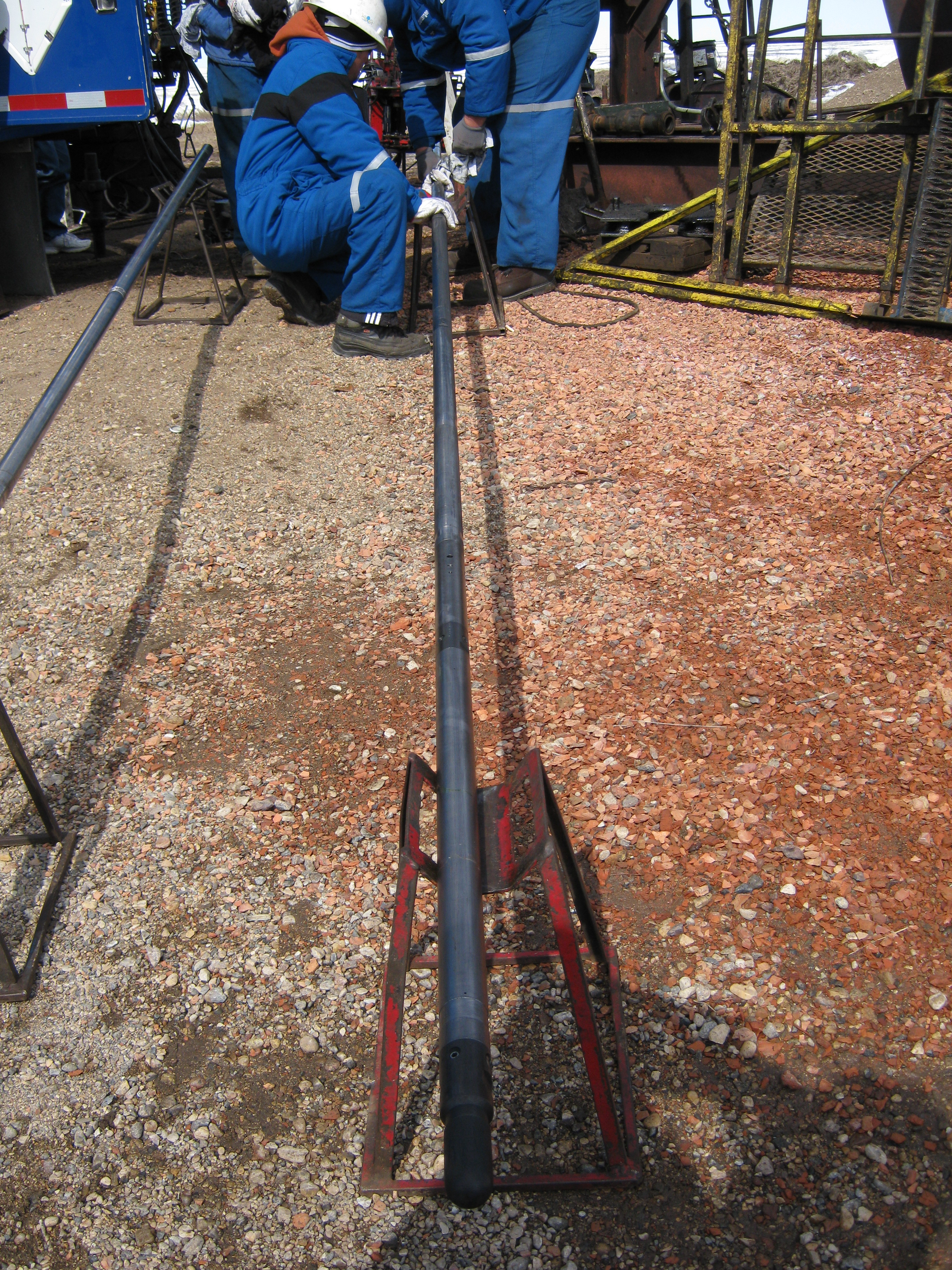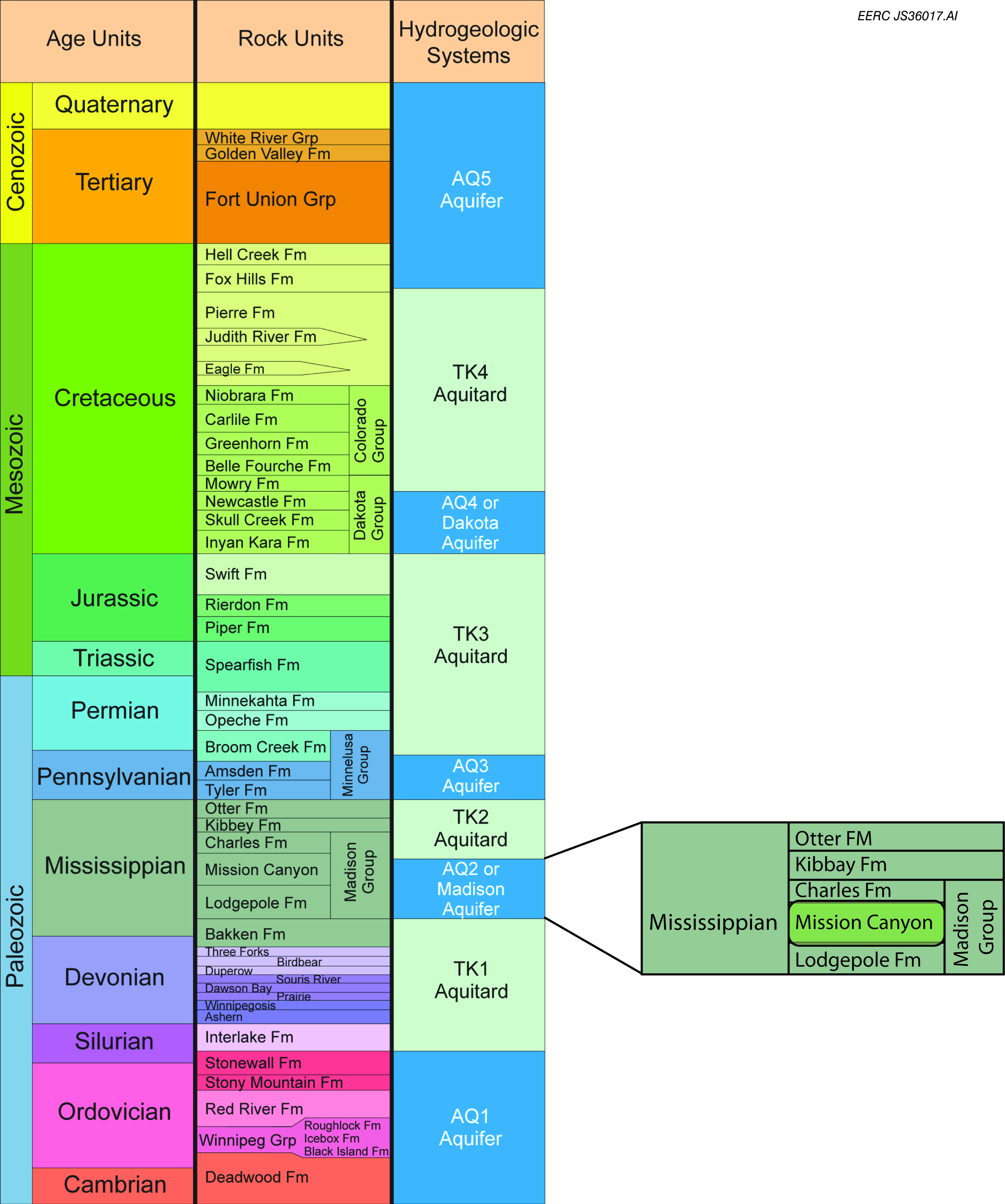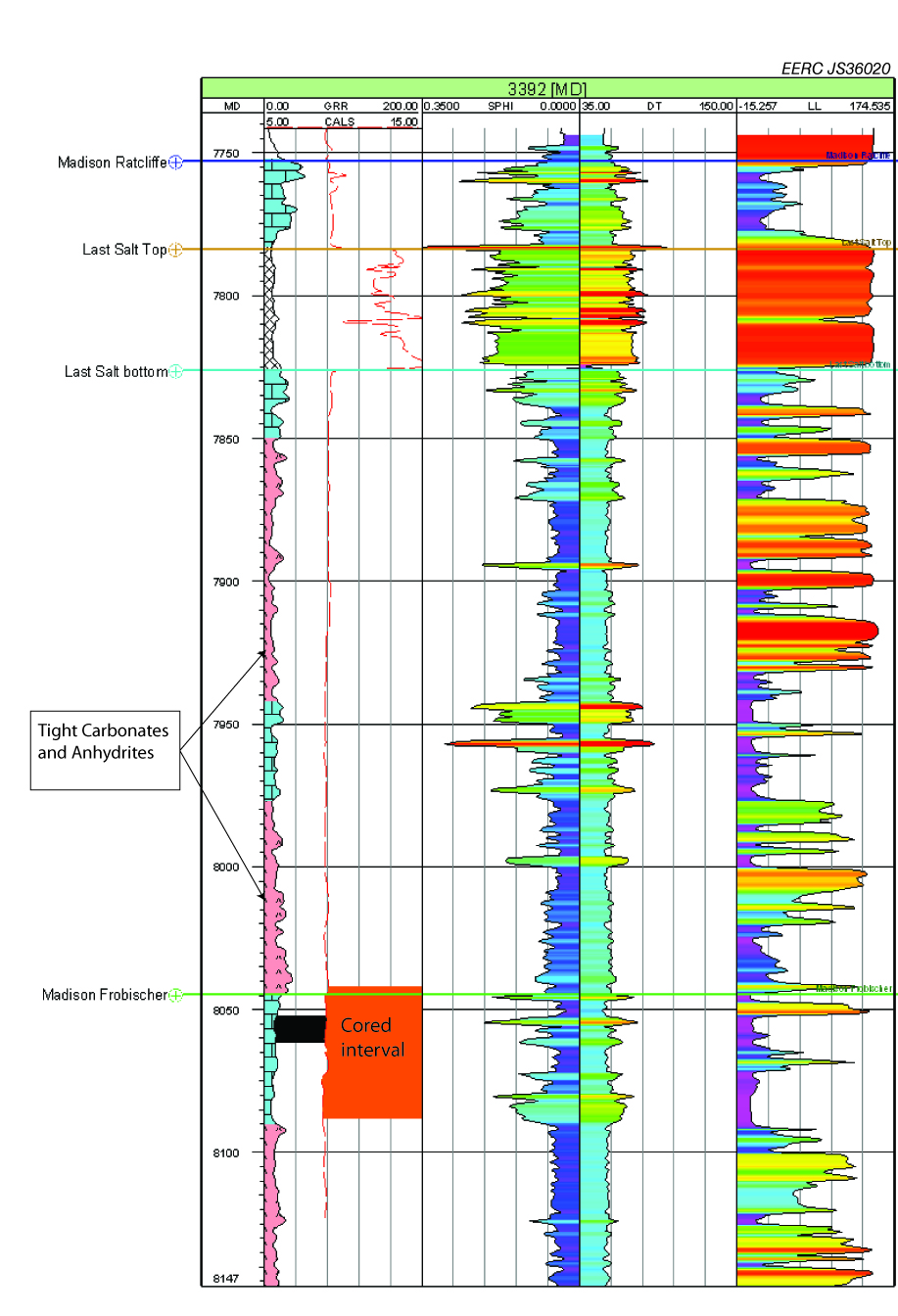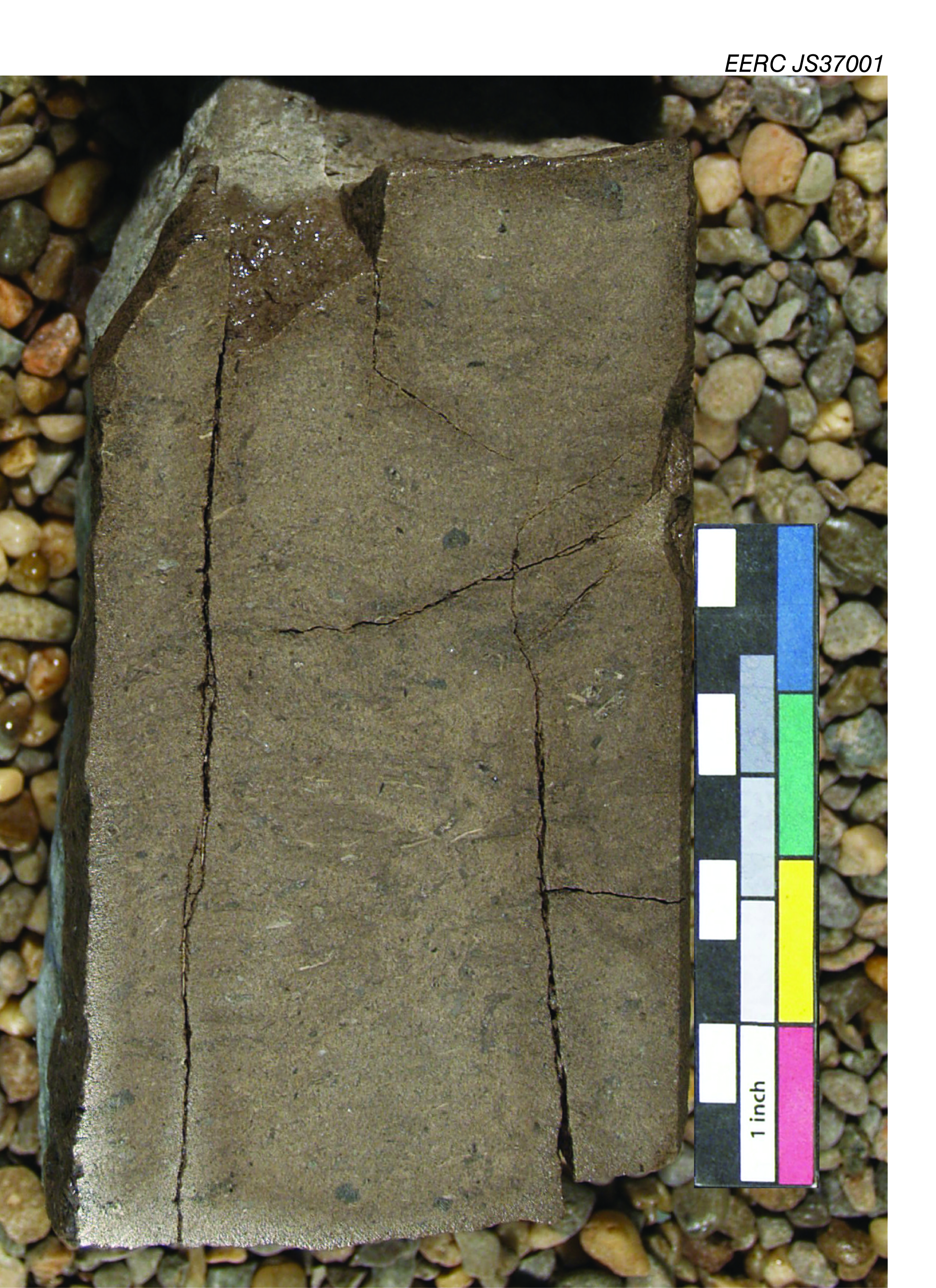Site: Northwest McGregor Field
Lat/Long:
48.61 -103.02
Why This Location
Phase I of the Plains CO2 Reduction (PCOR) Partnership identified carbon dioxide (CO2) injection into developed oil fields, enabling enhanced oil production, as an opportunity for market-driven, commercial geological storage. The Northwest (NW) McGregor oil field wells are representative of many Williston Basin wells with respect to geology, engineering, and operational history. At the time, few CO2-based enhanced oil recovery (EOR) projects had been in carbonate reservoirs, and the NW McGregor site provided the deepest such reservoir by more than approximately 610 meters (2,000 feet). The project site, operated by a committed PCOR Partnership industry partner, consisted of two operational wells that injected, produced, and monitored the CO2 injection test. The field test determined the efficacy of CO2 storage and the use of CO2 to produce additional oil from deep carbonate source rocks.
Research Q&As Discovered
Is CO2 injection (huff ‘n’ puff) a technically viable option in deep carbonate reservoirs for simultaneous storage and enhanced oil recovery (EOR)? The Northwest (NW) McGregor oil field, produced from the Mission Canyon Formation, is a carbonate reservoir that lies at a depth of approximately 2,438 to 2,591 meters (8,000 8,500 feet). The geology, engineering, and operational history is representative of many Williston Basin oil fields, making the oil field an ideal test location. The huff ‘n’ puff test (1) injected 440 metric tons of carbon dioxide (CO2) into the project well, (2) shut in the well for two weeks (soak period), and (3) subsequently brought the well back into production for evaluation.
The results of the test suggested CO2 huff ‘n’ puff is a viable approach to improving oil recovery in Williston Basin wells. Results showed improved oil production rate and oil cut, and monitoring showed no evidence of CO2 migration outside of the target zone, indicating that CO2 was contained below the sealing formations, thus stored in the formation.
Can the injected CO2 fate and incremental oil production be accurately predicted and monitored using current techniques? Pre-CO2 injection site characterization activities informed the creation of a geologic model that replicated reservoir conditions. Characterization methods included reservoir saturation tool (RST), vertical seismic profile (VSP), temperature/pressure, and fluid samples, which provided information on gas/fluid saturations, lithology, and reservoir geochemistry. Dynamic injection modeling, based on the geologic model, predicted the CO₂ fate and expected oil production of the huff 'n’ puff test.
Post-injection monitoring data using the same suite of methods used for pre-injection characterization provided valuable information on the injected CO₂ within the reservoir. Dynamic injection modeling closely matched field observations, and the RST provided meaningful data on reservoir conditions. The combined modeling and monitoring efforts provided valuable insight and understanding of CO₂ performance in the reservoir.
Lessons Learned that Impacted Phase III Design?
The Phase II Northwest (NW) McGregor project provided lessons that impacted the approach to Plains CO2 Reduction (PCOR) Partnership Phase III efforts at the Bell Creek oil field. Reservoir saturation tool (RST) measurements illustrated gas/fluid saturations in the near-wellbore environment, thereby showing carbon dioxide (CO₂) movement, and provided a blueprint that was replicated at multiple wells at Bell Creek.
The iterative use of historical and newly acquired datasets through characterization, monitoring, and modeling activities at NW McGregor laid the foundation for the PCOR Partnership’s adaptive management approach. This iterative approach increases understanding of the storage system as each activity’s results serve as inputs to the other, thus leading to more targeted and efficient applications of the project’s activities. The NW McGregor project illustrated an ideal approach to CO₂ storage project management that was carried forward into the Phase III efforts at Bell Creek.
Story of Interest
Williston Basin Field Demonstration (NW McGregor Field Test)
Finding opportunities for fieldwork at active oil fields can be a considerable challenge for research institutions. Various commercial factors and operational aspects can combine to make collaboration difficult for oil companies working under commercial pressures, even with the best of intentions. In the case of the Williston Basin Field Demonstration, the University of North Dakota Energy & Environmental Research Center (EERC) and the Plains CO2 Reduction (PCOR) Partnership were indebted to Eagle Operating, which stepped in at short notice to provide a host well for the huff ‘n’ puff test at the Northwest (NW) McGregor site after the original location at another oil field with a different host company could not be made available in time. The NW McGregor well provided for the test was nearing the end of conventional production and, therefore, constituted an ideal opportunity to test the efficacy of carbon dioxide (CO2) enhanced oil recovery (EOR) with associated storage. Well records, augmented with new downhole logging courtesy of Schlumberger Carbon Services, allowed detailed design of the test. Praxair provided CO2 for the injection.
The ultimate success of the Williston Basin Field Demonstration could not have happened without the generous support and expertise of partners Eagle Operating, Schlumberger Carbon Services, and Praxair. Effective collaborations with industry partners are essential for subsurface applied research programs to achieve their full potential.
Geologist Rock-Fest
The Northwest (NW) McGregor oil field in northwestern North Dakota lies at the northern end of the Nesson Anticline near the depositional center of the Williston Basin. The target formation for the test is an oil-producing zone of the Mississippian-aged Madison Group (depth ~2,438 to 2,591 meters [~8,000 to 8,500 feet]). The carbonate platforms and reefs are known to contain large quantities of oil, which indicates that the formations have adequate porosity (~15%), permeability (0.35 millidarcies [mD]), and trapping mechanisms to support long-term storage of carbon dioxide (CO₂).
The Madison Group comprises a succession of shallow-water carbonates, evaporates, and some siliciclastic. In the NW McGregor area, the group is dominated by carbonate rocks (limestones and dolomites), while the nature of the trap for the oil field is a combination of the Nesson Anticline’s structure and impermeable salts and anhydrites of the Charles Formation. With respect to seals that will prevent upward fluid migration, tight carbonates and anhydrites immediately overlie the reservoir, particularly the thick anhydrite of the Charles Formation, serving as the primary seal, while several overlying shale formations will provide further containment.
Links to Phase II EDX Data/Documents
PCOR Partnership Phase II – Williston Basin Demonstration, Northwest McGregor CO2 Huff ‘n’ Puff – Regional Technology Implementation Plan (RTIP)
https://edx.netl.doe.gov/dataset/pcor-partnership-phase-ii-williston-basin-field-demonstration-northwest-mcgregor-CO2-huff-n-puff
The Regional Technology Implementation Plan for the Williston Basin Demonstration (Northwest McGregor).




